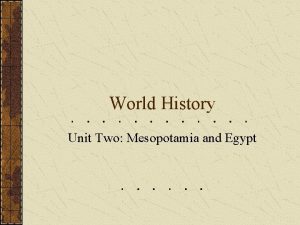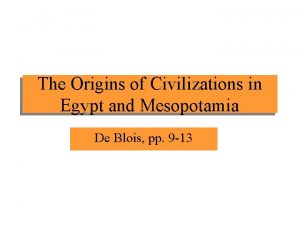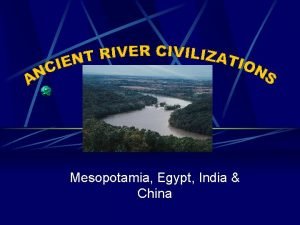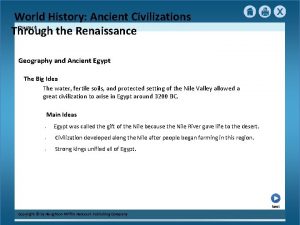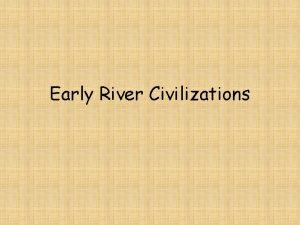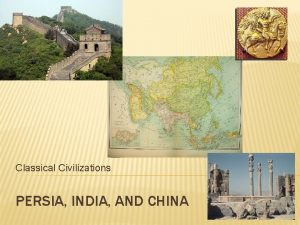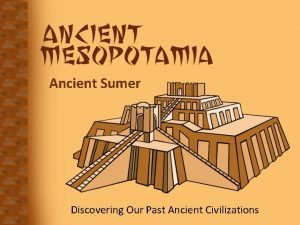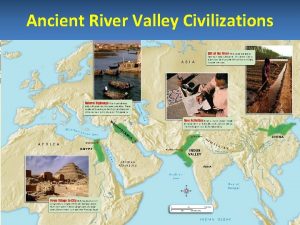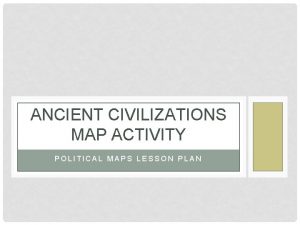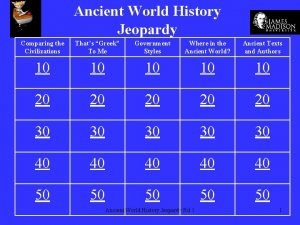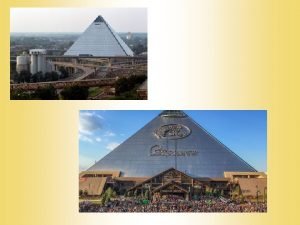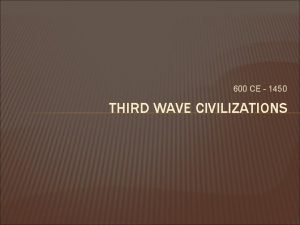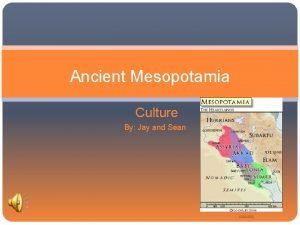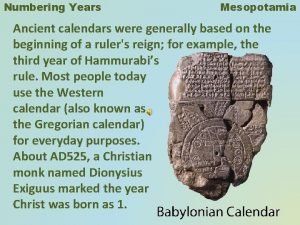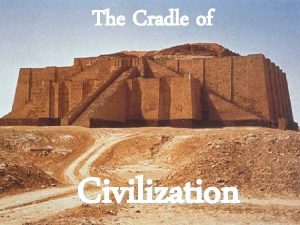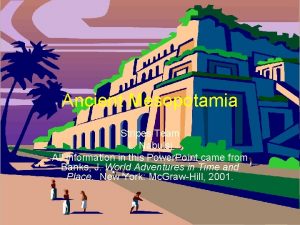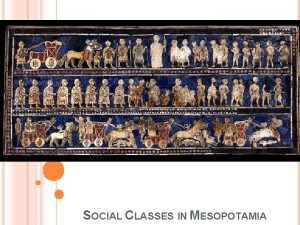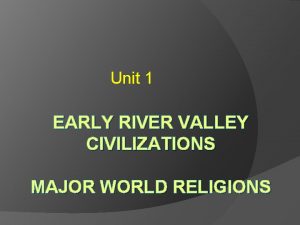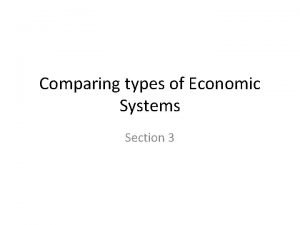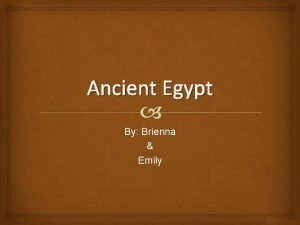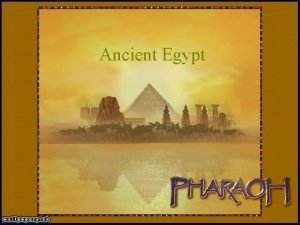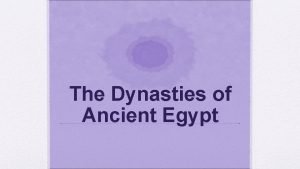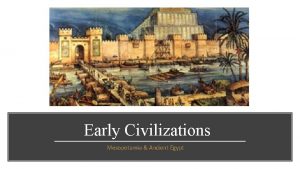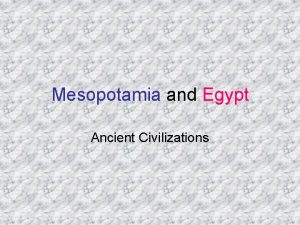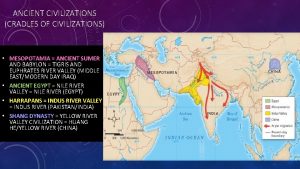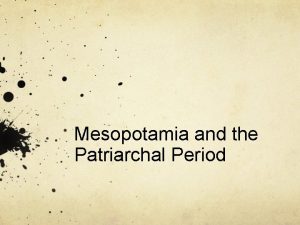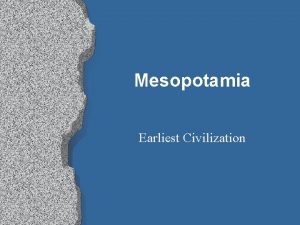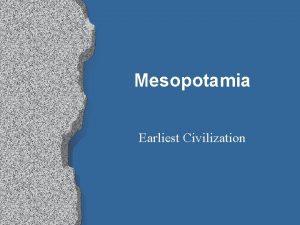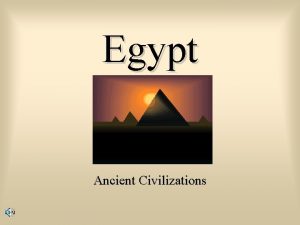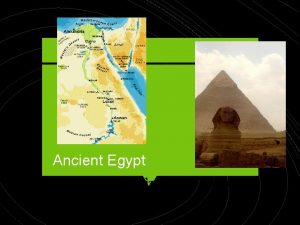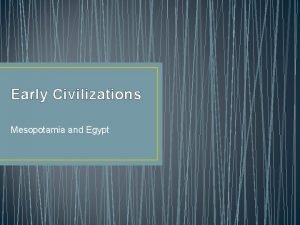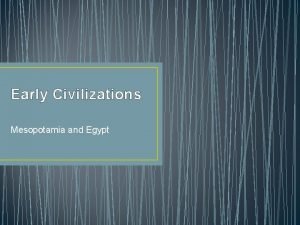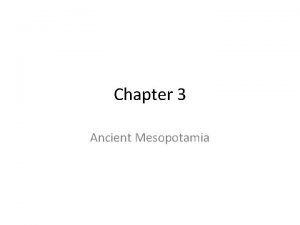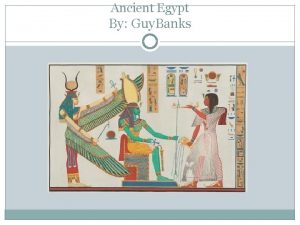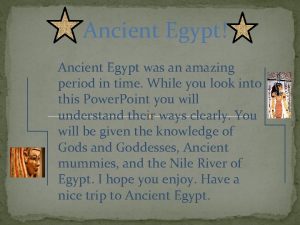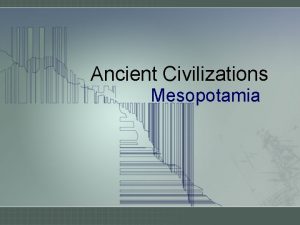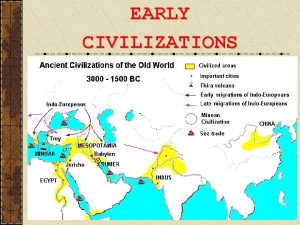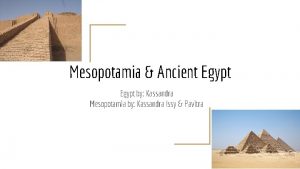Defining the Medieval Period Ancient Civilizations Mesopotamia Egypt






























- Slides: 30

Defining the Medieval Period Ancient Civilizations (Mesopotamia, Egypt, Greece Roman Empire (509 BCE-476 CE) Medieval Europe 500 CE 1200 CE (Fall of Rome Before the Renaissance) Modern Times (Renaissance 1300’s Today) The time period has also been called the “Middle Ages” and the “Dark Ages”

Roman Empire

Rome built great stuff • Rome built great roads to travel on and aqueducts to bring water into the city. • Rome also built great stadiums and amphitheaters for the entertainment of the people. • Romans also developed the use of the arch.


Roman Art • Mosaics were popular in Rome. A mosaic is a picture made out of small, colored tiles or pieces of glass. • The Romans also made great statues that looked like the real thing, even though they were made from stone.


The Roman Empire at its Height • The Roman Empire became huge • It covered most of Europe, North Africa, and some of Asia • The Empire reached its height under Emperor Diocletian (284 -305 CE)

Roman Empire

Expansion: Good or Bad? • What are some problems that an empire or country might have by being stretched out too far?

“The Fall of Rome” 4 CAUSES 4 DETAILS a b c d 4 FIGURES 4 EFFECTS

Using a blank piece of paper, make four boxes, each with four boxes inside of them. Label the boxes like this, follow along, and list 4 causes, 4 figures, 4 events & 4 effects. 4 CAUSES 4 DETAILS 1 2 3 4 4 FIGURES 4 EFFECTS 1 2 3 4

4 CAUSES a 1) Corruption Since a system was never created to select new emperors, powerful men fought over the issue. The emperor, senators, generals, and Praetorian Guard (emperor’s private army) openly debated about who should be the next emperor. Many of these men would bribe each other for support. By 186 A. D. , the throne was simply sold to the highest bidder. This led to the assassinations of 25 emperors in the next 100 years.

4 CAUSES a 2) Threats from outside For years, the disciplined Roman Army held the barbarians of Northern Europe in check. But armies were moved to fight civil wars in Italy, leaving the northern border open to attack. Roads and bridges were left to decay and bandits made travel unsafe, so trade also declined. Germanic tribes gradually moved into Roman territories until Germanic general Odovacar invaded Rome in 476 A. D.

Current Day Europe

Middle Ages Europe

4 CAUSES a 3) Christianity Jesus and the apostles operated in a Roman province (Judea), so the empire was a missionary field for early Christians claimed allegiance to a higher power instead of the emperor. Many emperors targeted Christians with crucifixions, beheadings and torture, but even more believed since they took punishment instead of denying their faith. Constantine later made Christianity the Empire’s official religion.

4 CAUSES a 4) Social Decay Crime and violence in the streets of large cities made the Empire unsafe. Prostitution was out of control with over 30, 000 in Rome under emperor Trajan. Nero and others were known to throw wasteful parties. The popularity of the Coliseum showed the Roman obsession with death and violence.

4 FIGURES b Paul converted to Christianity in his thirties and spent the rest of his life planting Christian churches throughout the Roman Empire. He is considered the apostle to the Gentiles (non-Jews) and was arguably the most important and influential figure in terms of spreading Christianity throughout the empire. 1) Apostle Paul

4 FIGURES b 2) Romulus Augustus was the last in a long line of at least 125 Roman Emperors over nearly 500 years. Ironically, his name includes the name of both the mythical founder of Rome (Romulus) and the first Roman Emperor (Augustus).

4 FIGURES b Odoacer was a non. Roman who led the overthrow of Rome in 476 A. D. This is usually marked as the end of the Roman Empire. Odoacer was a Christian, removed the last emperor (Romulus Augustus) and was named King of Italy. 3) Flavius Odoacer

4 FIGURES b Charlemagne or “Charles the Great” was king of the Franks (French) about 300 years after the 476 Fall of Rome. Charlemagne established a vast kingdom that included most of France, Germany, and almost half of Europe. He was named the first Holy Roman Emperor, the first such title in 300 years. 4) Charlemagne

4 DETAILS c 1) Empire Splits in half Hundreds of years before the 476 A. D. fall, the enormous Roman Empire was considered by many to be too large to rule effectively from Rome. Therefore, emperor Diocletian made the decision to split the empire in half, making it easier to manage. This was the beginning of the end as power shifted away from Rome.

4 DETAILS c 2) Barbarian Invasions People groups who later became the Germans (Germanic tribes), French (Franks), English (Anglos & Saxons), Spanish and Italians (Goths and Visigoths) were considered to be ‘barbaric’ by Romans as they moved into areas of Europe that were controlled by Rome. This process known as the “Barbarian Invasions” lasted hundreds of years and Rome began to lose vast regions of Europe by the 300 s A. D.

4 DETAILS c 3) Attacks by Attila the Hun In the mid-400 s A. D. (just a few decades before the 476 A. D. fall), Attila united the Huns and other Germanic tribes and gained huge amounts of land valuables from the Eastern Roman Empire. By 450 A. D. , Attila turned his attention to the Western Roman Empire, who were militarily and economically weak.

4 DETAILS c 4) Rome Sacked Odoacer took Rome in 476 A. D. and proclaimed himself king of Italia. He removed Romulus Augustus, who was only 16 at the time. Romulus was not executed, but allowed to live out his life with relatives in the country with a yearly pension (payment of money).

4 EFFECTS c 1) Dark Ages After 476 A. D. , Europe entered a 1, 000 year period known as the Middle Ages or “Dark Ages”. Medieval Europe was often called the Dark Ages because it was characterized by a general lack of learning or concern for the arts that once was a focus of Greco-Roman society.

4 EFFECTS c 2) Feudalism Emerges In order to provide stability to those dwelling in Europe, a system of feudalism emerged. This was mutually beneficial. Peasants worked the land for nobles in exchange for protection from the nobles’ knights. Nobles usually were allied to a king.

4 EFFECTS c For almost a thousand years after the fall of Rome, the Eastern Roman Empire thrived with Constantinople as its capital. Emperors such as Justinian (pictured in the mosaic) did much to protect and establish appropriate laws for citizens of the empire. 3) Byzantines Thrive Separately

4 EFFECTS c 4) Other Kingdoms Emerge As feudalism emerged, the landscape of Europe looked like a collection of kingdoms, some large and many small. The largest was Charlemagne’s Frankish kingdom, which grew to include surrounding areas and was dubbed the “Holy Roman Empire”, lasting hundreds of years.

“The Fall of Rome” 4 CAUSES 4 DETAILS a b c d 4 FIGURES 4 EFFECTS
 Defining and non defining relative clauses in telugu
Defining and non defining relative clauses in telugu Defining and non defining relative clause
Defining and non defining relative clause Pronounlar
Pronounlar Relative clauses defining and non defining
Relative clauses defining and non defining Defining non defining relative clause
Defining non defining relative clause Defining and non defining relative clauses
Defining and non defining relative clauses Site:slidetodoc.com
Site:slidetodoc.com Egypt vs mesopotamia
Egypt vs mesopotamia Map of mesopotamia egypt india and china
Map of mesopotamia egypt india and china Ancient india lesson 1 early civilizations
Ancient india lesson 1 early civilizations Ancient civilizations through the renaissance
Ancient civilizations through the renaissance River valley civilizations map
River valley civilizations map What is it
What is it Discovering our past ancient civilizations
Discovering our past ancient civilizations Civilization ppt template
Civilization ppt template Political map activity
Political map activity Map of river valley civilizations
Map of river valley civilizations Ancient history jeopardy
Ancient history jeopardy Upper egypt and lower egypt
Upper egypt and lower egypt Third wave civilizations time period
Third wave civilizations time period Ducksters ancient mesopotamia
Ducksters ancient mesopotamia Ancient mesopotamia calendar
Ancient mesopotamia calendar Ancient mesopotamia test
Ancient mesopotamia test Mesopotamia timeline
Mesopotamia timeline Ancient mesopotamia
Ancient mesopotamia Social class mesopotamia
Social class mesopotamia Ancient egypt civilization
Ancient egypt civilization Ancient command economy
Ancient command economy Ancient egypt basic needs
Ancient egypt basic needs Geographical map of ancient egypt
Geographical map of ancient egypt Egypt vocabulary
Egypt vocabulary






